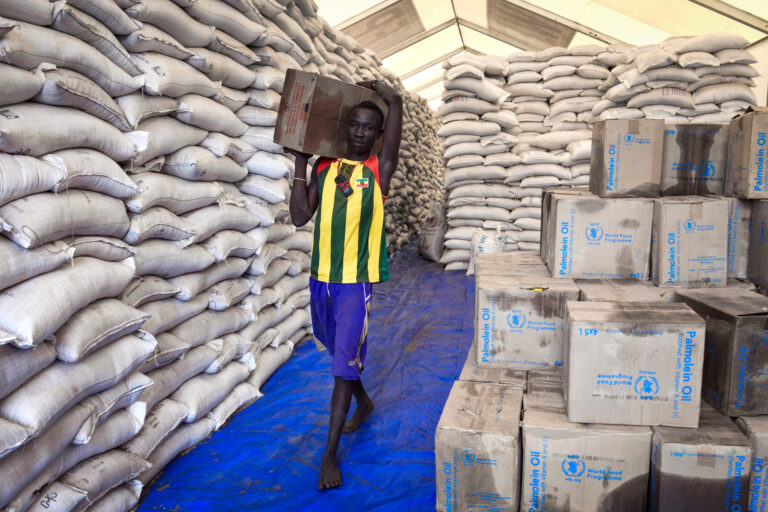The second highly successful US Africa summit which has just concluded in Washington D.C. marks the beginning of a new chapter in US-Africa relationships.
Geopolitical shifts have created major dislocations in the international energy and fertilized markets, massively impacting emerging and developed marketplaces alike, highlighting the critical need for sustainable global food security solutions.
Indeed a new African food security renaissance is about to take place – As a critical world leading nation, the United States of America has promised to rise to the challenge as a genuine, engaged and powerful partner in the building of Africa as a sustainable food security powerhouse -And the Kanga Potash project is an integral piece of this critical equation.
After 5 years and over USD40m, the Kanga Project team has completed its Definitive Feasibility Study (DFS) and is now preparing to move to the execution phase to develop what is one of the most promising potash production projects in the world, taking place in one of the most strategic locations on the African continent.
The country is blessed with enormous undeveloped reserves of potash, abundant natural gas, as well as phosphate. Straddling the equator on Africa’s west coast, it is uniquely positioned to supply the African continent to the north, south and center, all areas which are geared to emerge as agriculture powerhouses.
The Congo is also perfectly located across the Atlantic to supply Brazil and the rest of the South, and North American continent.
The Kouilou Region of the Republic of the Congo contains billions of tons of proven reserves of potash-rich carnallite, which can be recovered to produce potash in an ecologically friendly way, through tried and tested mining solutions.
The Project Team has also proven the existence of ultra thick super seams which are unique to its licenses and which have never been seen anywhere else in the world.
These ultra thick seams have a dramatic impact on the cost of production of potash as it drastically reduces the amount of solution mining caverns required to recover the carnallite.
Finally, the Kanga License sits directly on the Atlantic coast with planned export facilities a few hundred meters from the ocean. Independent potash export jetty facilities erase traditional logistics nightmares which other suppliers might face. Kanga will thus be the lowest cost supplier to both continental and international markets.
The combination of a strategic geographic location and these unique super thick seams position Kanga as a key player in African and global food security integrity.
The government of the Republic of Congo, under the Leadership of its President, Denis Sassou Nguesso, who participated in the US-Africa Summit, as well as his State Minister of Mines, Mr. Pierre Oba, are highly supportive of fertilizer mining projects in the Congo. Recognizing the significant work completed by Kanga Potash, the government granted a production license to Kanga Potash in late July of 2022. The Minister’s teams have since been working diligently with Kanga Potash to finalize as expediently as possible the signing of the Mining Convention, which is required to begin work.
The Government has also adopted a development-focused policy and has been extremely supportive in negotiating a long-term gas supply agreement at viable prices.
For years, natural gas has been flared at great expense to the environment, with the Republic of Congo residing on top of vast natural gas reserves. The newly appointed Minister of Hydrocarbons, Mr. Bruno Itoua, has demonstrated critical leadership in implementing the President’s carbon footprint reduction policies, having imposed a strict ban on flared gas, which will be redirected to the development of domestic industries.
The Kanga team is in discussions with industry players and financial institutions who are working on reaching financial closure for the USD500m CAPEX project. The Project has completed a NI43-101 Report. The first stage of implementation and next phase of work entails front end engineering and the drilling of the first production well, which will not only be used to further strengthen its resource report with measured and proven reserves sufficient for life of mine at all production scenarios, from 200 ktpa right through to 2m+ tpa, but it will also be used as the first well in the extraction of carnalite for processing.



